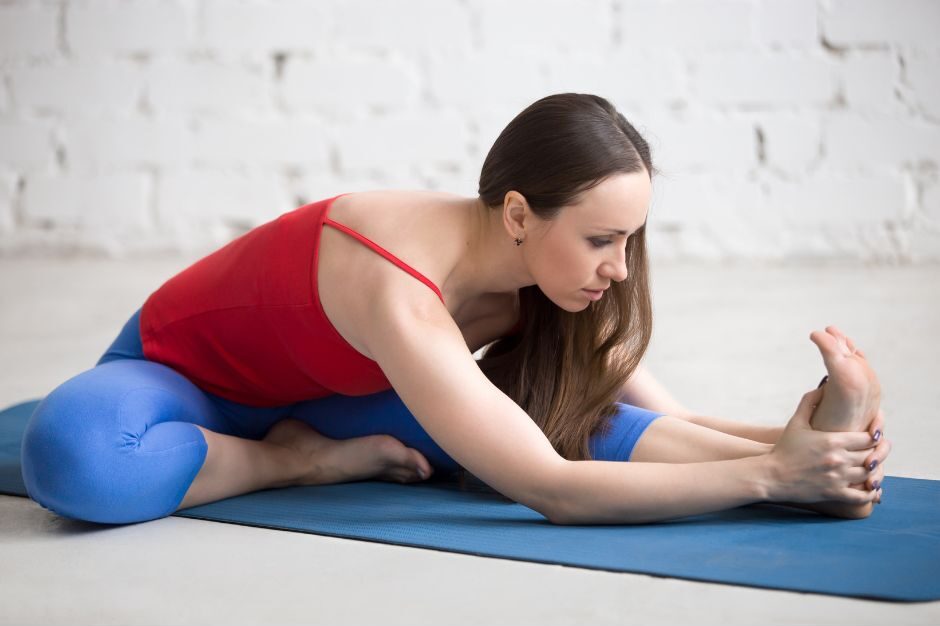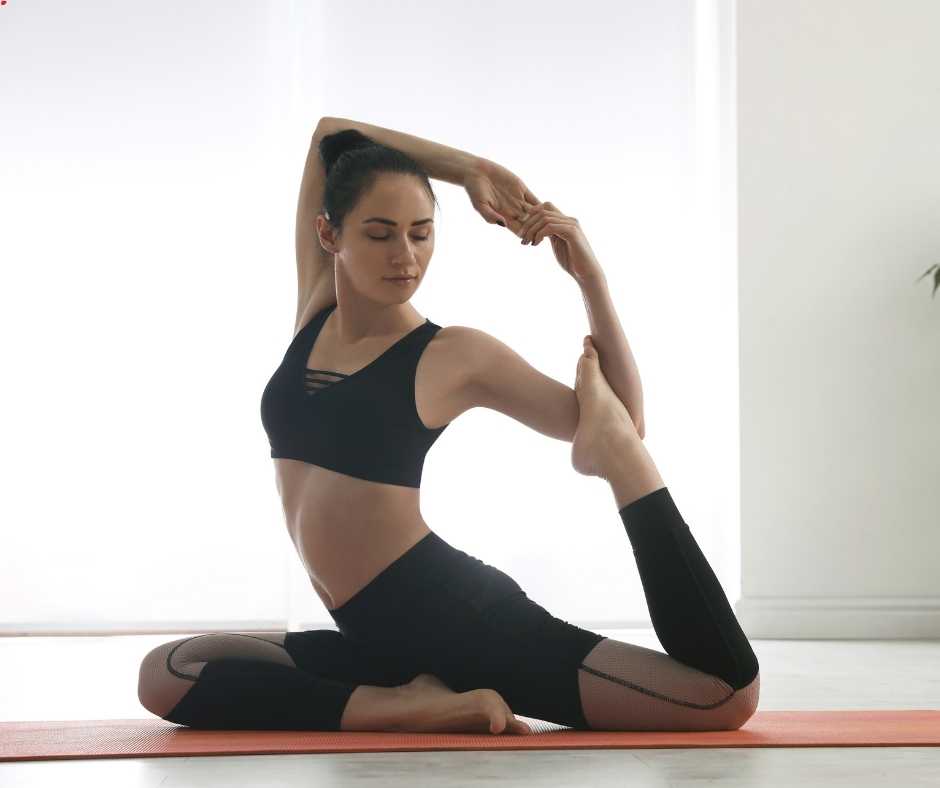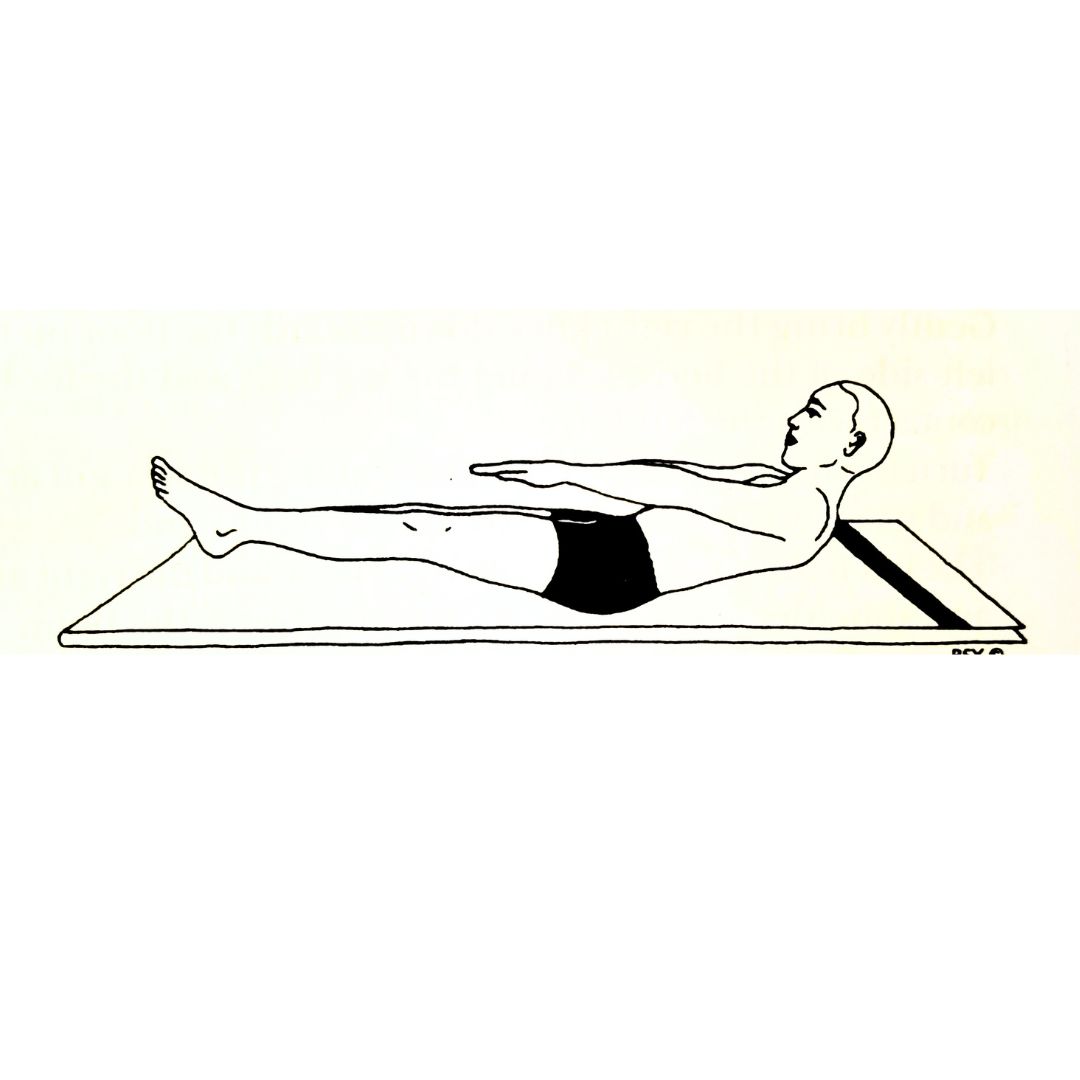Yoga, an ancient Indian practice dating back 5,000 years, goes far beyond physical fitness; it encompasses every facet of our being: mind, body and spirit. Within its repertoire of postures found within yoga, Janu Shirshasana or Head to Knee Pose stands out for having immense benefits on both mental and physical well-being.
Let us discover its intricate details together so we may gain a better understanding of its benefits of Janu shirshasana to overall health and inner harmony.

What Is Janu Shirshasana
Janu Shirshasana (from Sanskrit: Janu = Knee and “Shirsha” = Head), is a forward seated bend involving drawing the head toward one knee while stretching one leg out straight while keeping another bent; creating an association between forehead and extended knee joint; proper alignment and focus of breath are integral components to making this asana both mindful and introspective.
How Can It Be Done?
- Begin in a seated position with legs extended.
- Bring one knee up until its sole touches the inner thigh of the opposite leg and bend. Inhale, lengthening spine while exhaling hinge hips toward extended leg as you reach toward extended leg.
- Maintain a gentle stretch by keeping the back straight and engaging the core muscles.
- Hold this pose for several breaths until you feel release in your hamstrings and an opening in your hip.
- repeat on other side!
Remind yourself to breathe deeply and listen to what your body needs, in order to avoid strain or discomfort.
Do You Know?
Janu Shirshasana not only holds physical importance but is also imbued with cultural and spiritual meaning. Within yoga philosophy, forward bends have long been associated with surrender and self-exploration – this pose encourages practitioners to turn inward for deep contemplation of themselves and deeper layers of awareness. Understanding its wider context adds depth to one’s practice while making yoga into an overall journey toward self-realization.
Benefits of Janu Shirshasana:
Head to Knee Pose offers an effective hamstring stretch that promotes flexibility while alleviating stiffness.
- Hip Flexor Stretch: This position assists in opening and stretching the hip flexors to enhance overall hip mobility.
- Improve Digestion: Janu Shirshasana can assist healthy digestion by compressing and massaging abdominal organs with massage techniques such as Janu Shirshasana. By stimulating and compressing these areas of organs in turn, healthy digestive processes are fostered through Janu Shirshasana.
- Calm the Mind: Yoga poses that incorporate meditative qualities are designed to provide mental relaxation by relieving tension and increasing focus, relieving stress levels, and encouraging mental clarity.
- Stimulates Kidneys and Liver: This gentle twist in the pose stimulates both kidneys and liver to aid in detoxification processes within your body.
Exercise Risks and Avoidance
- Avoiding Overexertion: Care should be taken not to overexert oneself during physical activity; practitioners are advised to progress slowly so as to minimize strain.
- Pre-existing Conditions: Individuals who suffer from preexisting health conditions, including lower back issues or knee injuries should always consult a healthcare provider prior to performing yoga poses.
- Modifications for Safety: Provide suggestions for modifications that accommodate different levels of flexibility and physical abilities.
- Awareness of Body Signals: Stress the importance of listening and understanding one’s own body limits while avoiding force or strain on them.
Are you Interested to know more about yoga poses and yoga teacher training in India. For that you have to enroll at our 200 hour yoga teacher training in India program












